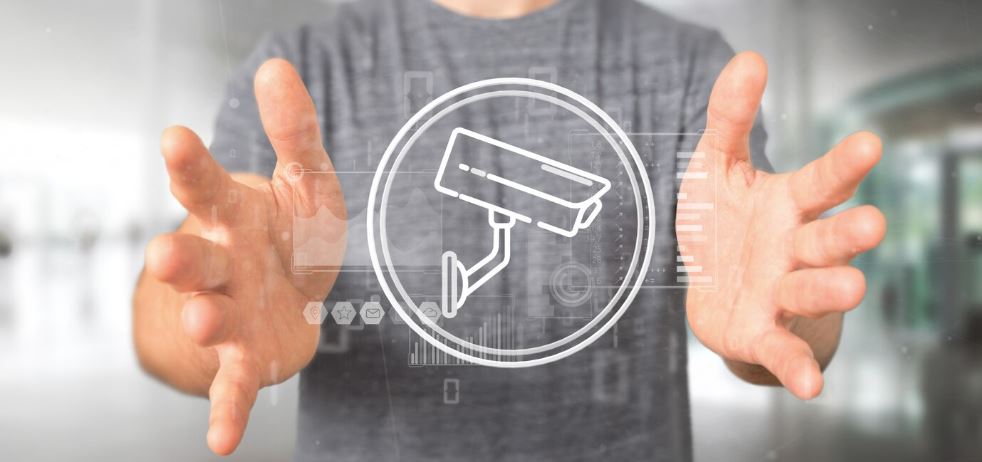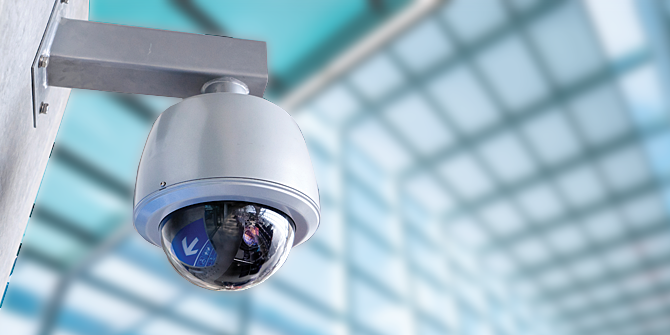How to choose an IP camera
for live streaming?
Live streaming has become increasingly popular in recent years, and it's no wonder why. It allows people to connect and share experiences in real time with a global audience. If you're thinking of starting a live stream, one of the most important considerations is what camera to use.
There are several types of cameras suitable for live streaming, but just keep in mind, not all cameras are created equal. Some cameras are designed for live streaming and offer better performance and features compared to others. The other category I call “domestic” or “baby monitor” cameras. These cameras are usually fine for home surveillance, but definitely not recommended for live streaming!
“Not recommended” category
Why are “domestic” cameras NOT suitable for live streaming?
1. Lack of the RTSP support
This is the most crucial and the most important absolute top 1 requirement! If the camera does NOT support RTSP, then simple as it is: you won't be able to use it for live streaming on your website! Moreover, even if the camera says it does support RTSP, you need to be able to figure out what it is actually!
2. The camera can be configured only via its own mobile app, or even worse, it can be configured via a 3rd party app
Although mobile apps are very popular nowadays, but in this case and especially in the area of tech, they have their limitation. Soon or later, you might end up asking for remote support from a tech company, and if this happens, the support company may not be happy installing random apps on their own (sometimes even personal) phone. Having a clear web browser-based configuration interface always makes the support more time efficient, more transparent and well organised.
3. The camera offers very limited video stream settings
Some people may think that the video you can see on the local monitor or stored on your local HDD, will be the same as what you will see on the live stream server. I would like to reassure you that this is not the case! In fact, when you send a stream to an encoder software, the result on the other end could be quite different. So, to ensure that your live stream has a really good quality, you need to pay attention to the details, do your homework and finetune your stream settings. A camera which has 3 options to change stream settings, will just not give you the result, that you and your audience would like to see.
4. The only encoding option is H.265 or H.265+
To clarify the difference between different encoding types, probably worth another article. However, for now, let's just stick, to why a camera that doesn't offer encodings other than H.265 could be problematic. 98% of the security cameras on the market offer H.264, however, I hear some Chinese hyper-modern camera that doesn't. Without going into too technical details, H.264+ and H.265+ encodings are not suitable for live streaming at all. H.265 is a good way, but on the other hand requires more hardware resources from the encoder software, thus live streaming in H.265 can be more expensive. So, consider it before you start your live-stream project.
The “Recommended” category
And now let's see, what security camera suitable for live streaming, and what's are the main features/settings you will need to finetune in order to provide a good quality stream!
Here are a few things to consider when choosing a camera for live streaming.
1. Resolution
A high-resolution camera is essential for producing a clear and crisp image. A resolution of 720p or 1080p is ideal for most live-streaming purposes. 4K cameras are great, but in many cases, viewers won't watch the stream in 4K from their mobile or using mobile broadband. However, to have a 4K option is definitely an advantage.
2. Autofocus
Autofocus, is essential for live streaming, as it ensures that the image remains in focus even if the subject moves.
3. Frame rate
Frame rate refers to the number of frames captured per second. A higher frame rate produces smoother video, so a camera with a frame rate of 30 frames per second (fps) or higher is recommended.
4. Keyframe interval
Keyframe interval refers to how often a video encoder creates a complete image, think of this as a snapshot of a video. Be aware that keyframe interval may have different names depending make and models. E.g.: I-frame; P-frame or GOP
5. Bitrate and bitrate type
Bitrate and bitrate types will determine the bandwidth/quality of your stream.
A note here: It is absolutely crucial to have the option to change the value of the last 4 stream properties. If a camera doesn't provide these options, I don't recommend to use the camera for live streaming!
6. Low-light performance
Good low-light performance is essential for live streaming in environments with limited lighting. A camera with a large aperture and high ISO sensitivity is ideal.
7. Audio codecs
To have the option to choose between different audio codec types in your camera has an absolute benefit as some of the codecs can break the live stream itself. The most common codecs are AAC, MP3, He-ACC, AIFF etc.
+1. Open camera platform
I left this feature at the end, as although it is not an essential feature but if your camera supports it, well it may have some extra benefit for you! Here is where the magic resides! You can install IPCamLive ICSA app on these cameras and it will connect to the live stream service straight away. This allows you to connect your camera to the IPCamLive's cloud stream service without dealing with any network settings (e.g.: port forwarding) or the need for a static IP. You simply upload the ICSA app onto your camera and the app will do the rest.
More about the feature and a list of compatible cameras here: IPCamLive ICSA
That's all about the pros and cons. Now you can get onto the market and start hunting for the most suitable one!
Recommendation
It is quite difficult to recommend a specific camera model that will work for everyone, as camera markets vary by region and needs are different. However, there are several brands that offer reliable operation and can be used for live streaming without any issues. Here are my top 5 brands with their offical websites under the links!
ICSA enabled IP cameras: Standard IP cameras:In conclusion
Choosing the right camera and configuring it correctly can make a big difference to the quality of your live stream. A high camera cost doesn't mean, it will be suitable for live streaming. Don't make the decision just by the price! Take the time to choose the right camera and set it up correctly, and you'll be well on your way to delivering an engaging and high-quality live stream.


